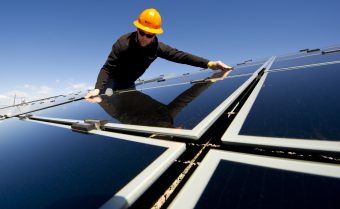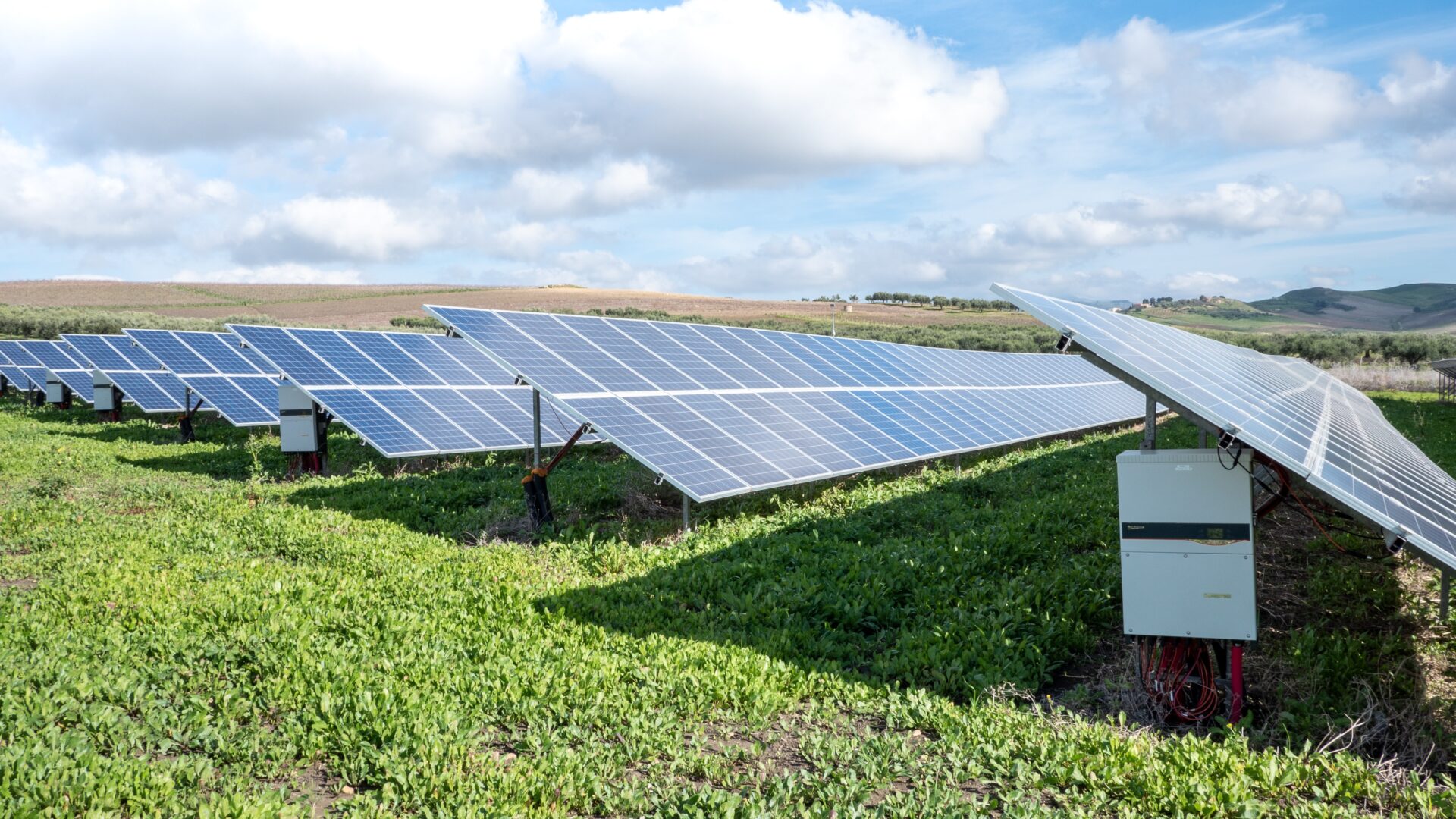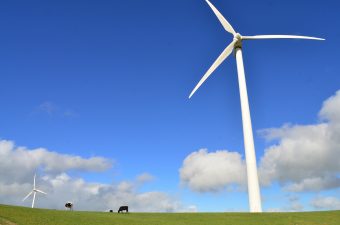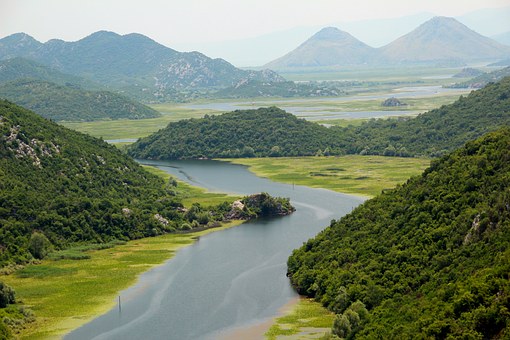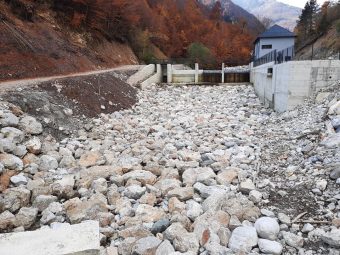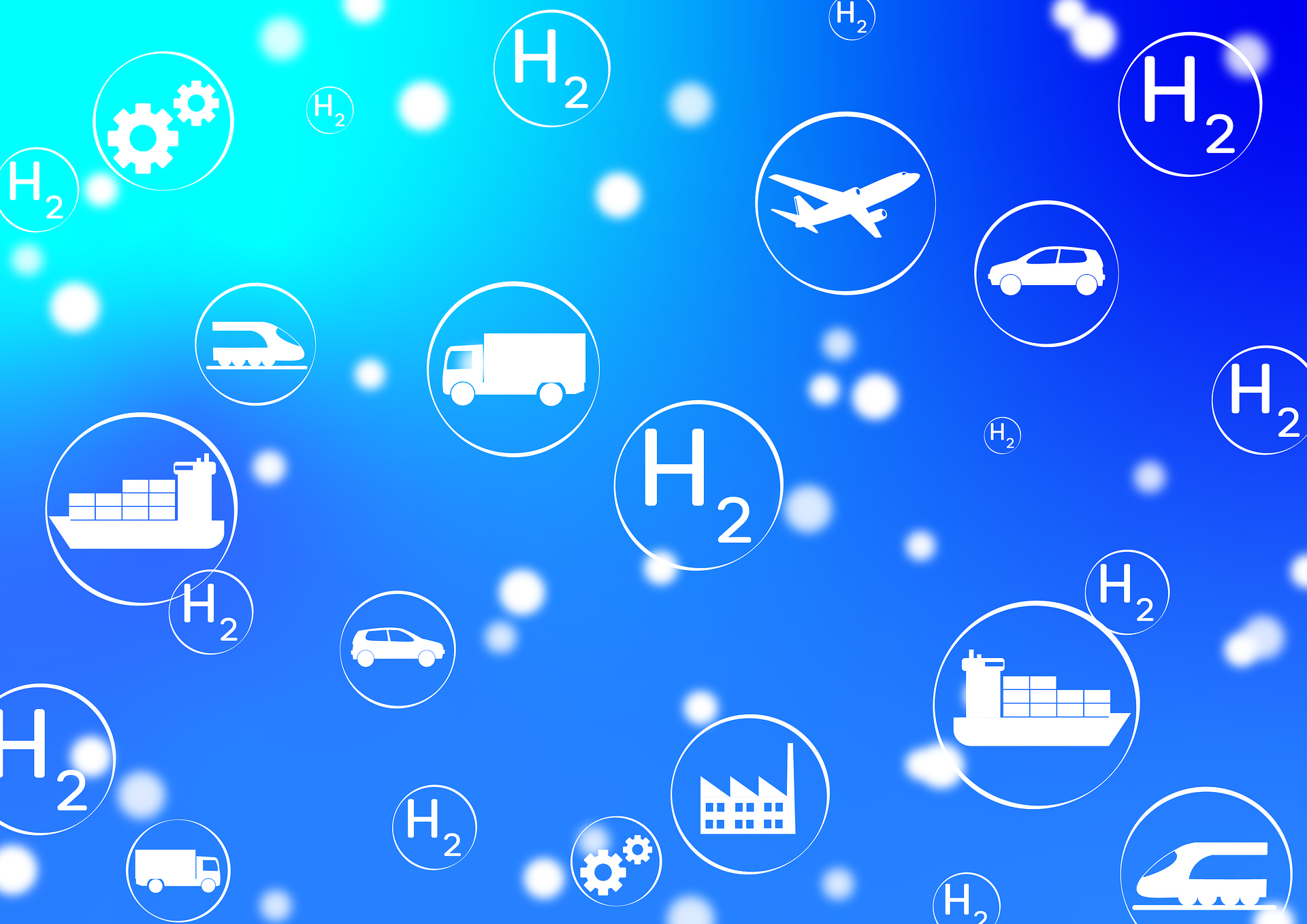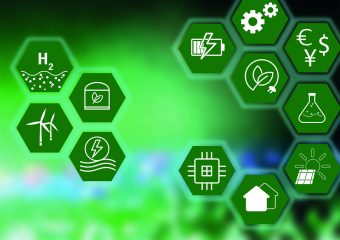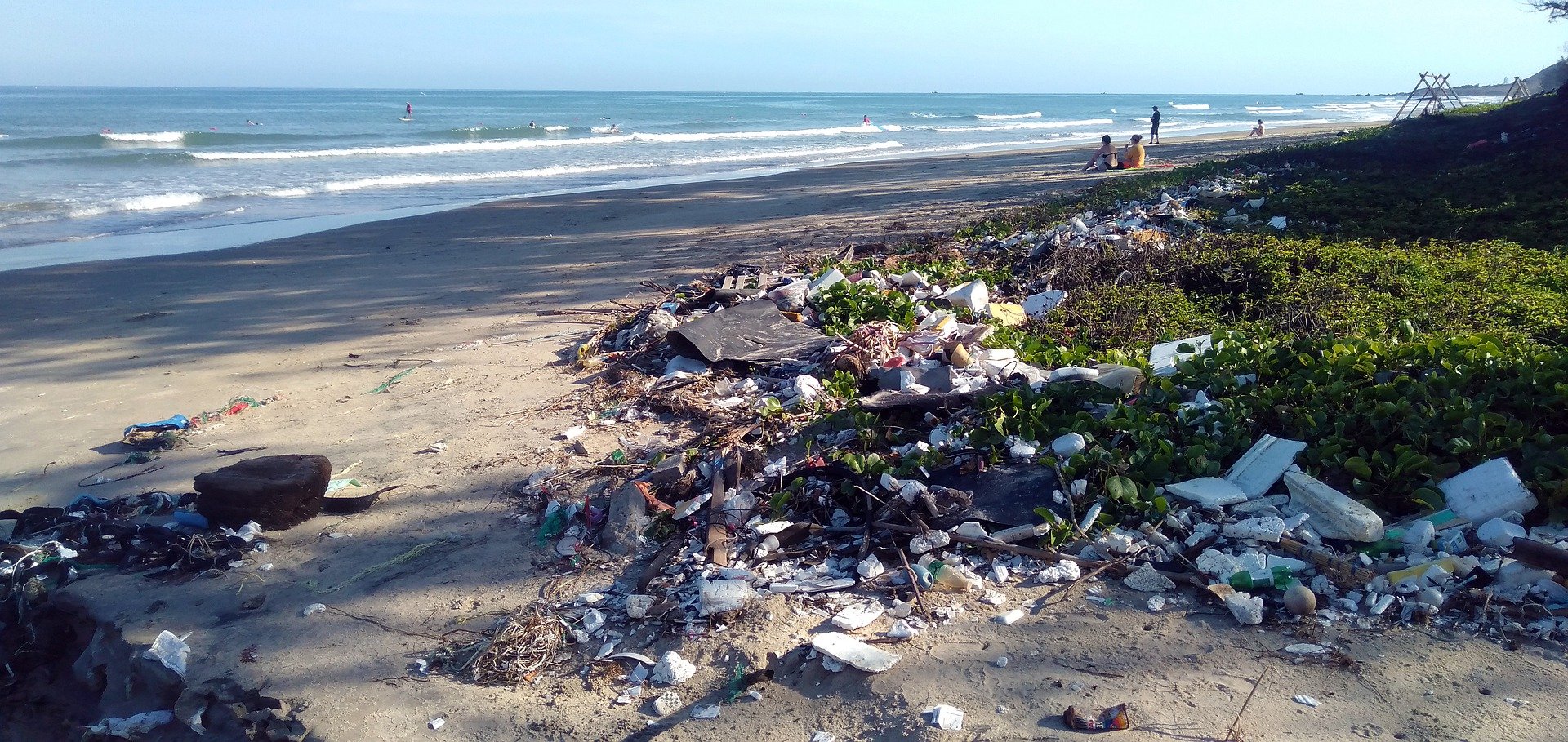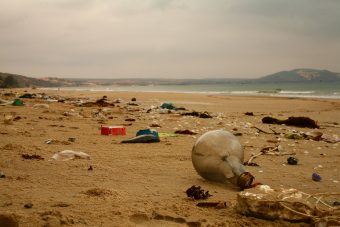
As one would expect, nothing has been the same since last year. When it comes to common activities such as going to work, shopping, or a favourite restaurant, we are slowly getting used to doing them online. The change that has arisen in ordering and buying groceries also influenced the appearance of new and better offers. Many groups on social networks offer domestic food products, and large markets have further improved their online sales systems.
However, Ivana Milojević from Niš went one step further. Ivana has been thinking for a long time about creating a system that will help users review the availability of certain food and groceries in the area they are currently located, in any place, at any time in a quick and easy way. She then devised a unique Gimme Food app that easily connects customers with food producers and restaurants.
“I switched to a vegan diet a few years ago. Since I travel a lot, my diet has often spoiled the pleasure of travelling. The problem was aggravated by the fact that catering facilities have very little information about this diet. There are not many of them who have adapted their offer to a group of people with a selective diet. It happened to have inconveniences, especially at group lunches where everyone could order what they wanted. At the same time I would end up only with a salad, and sometimes even without it, because it happened that they poured the dairy sauce on it which vegans do not consume”, explains Ivana.
And as it usually happens, the embryo of any solution is already in recognizing the problem, so Ivana also started researching how people cope with a weak or no offer of a vegan diet. She found that a small or inadequate supply plagues more than a third of the total population and that people who are allergic to certain foods have a similar problem. So, she came up with the idea to make Gimme Food, a system that allows users to quickly and easily get an insight of what kind of food is on offer in their current surroundings.

“Everything started at the beginning of 2019, and the development of the application took almost six months, of which only preparations took more time than the development of the basic version. My first support was my husband Vladimir, an IT engineer by profession, who developed my idea with his team. In March 2020, the first version for restaurants was ready. However, as it coincided with the proclamation of the coronavirus epidemic, the restaurants were mostly closed, so we had to deal with the challenge and adapt to a new situation”, says Ivana.
This young entrepreneur points out she realized that the trends are changing rapidly and that this affects the change in the way of shopping, and the offer. That is why they included small food producers who completely fit into the whole concept with their offer.
The application has two types of users. On the one hand, there are partners – restaurants and producers of homemade food and specialties and on the other hand, end users, i.e. food lovers who like to use new technologies and save time. For someone to become a partner, it is enough to have a registered restaurant, shop, or farm and have a smartphone or computer to receive orders. When it comes to end-users, when installing the application, they can choose one of the 15 most common selective diets or simply choose the option without filters.
Prepared by: Milica Radičević
Read the story in the new issue of the Energy portal Magazine CIRCULAR ECONOMY march 2021.-may 2021.











